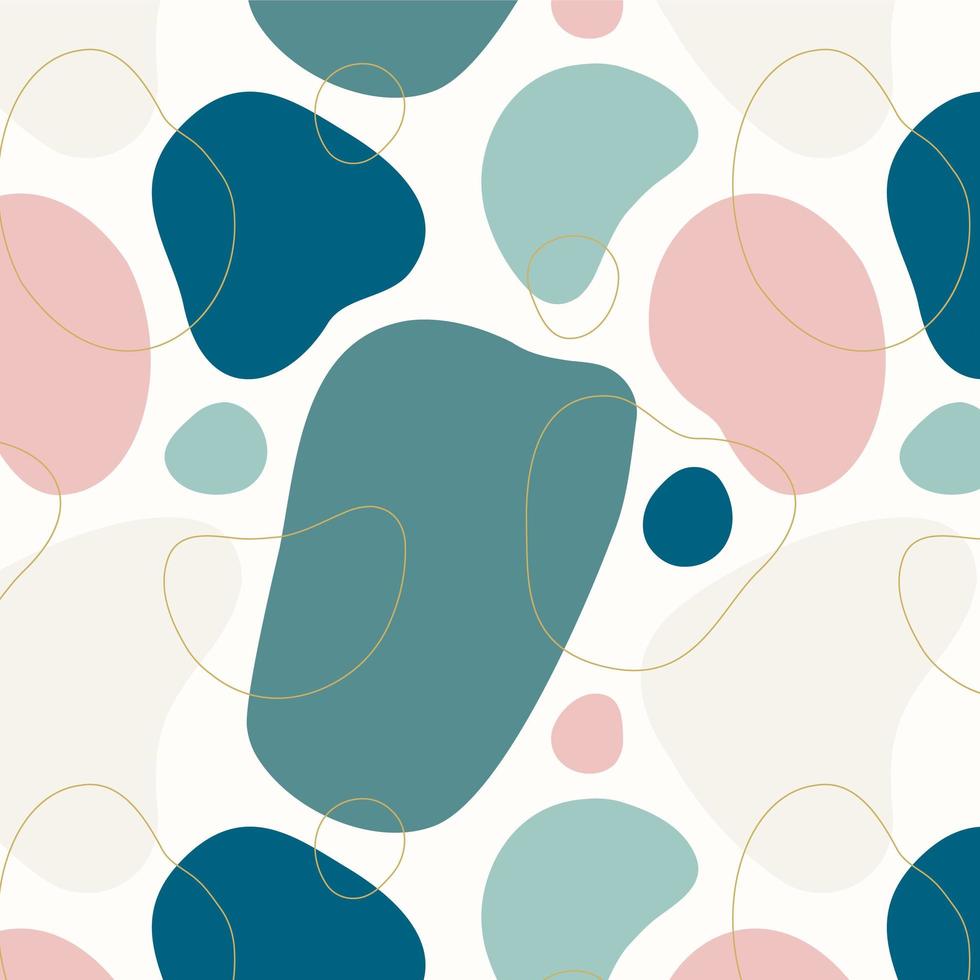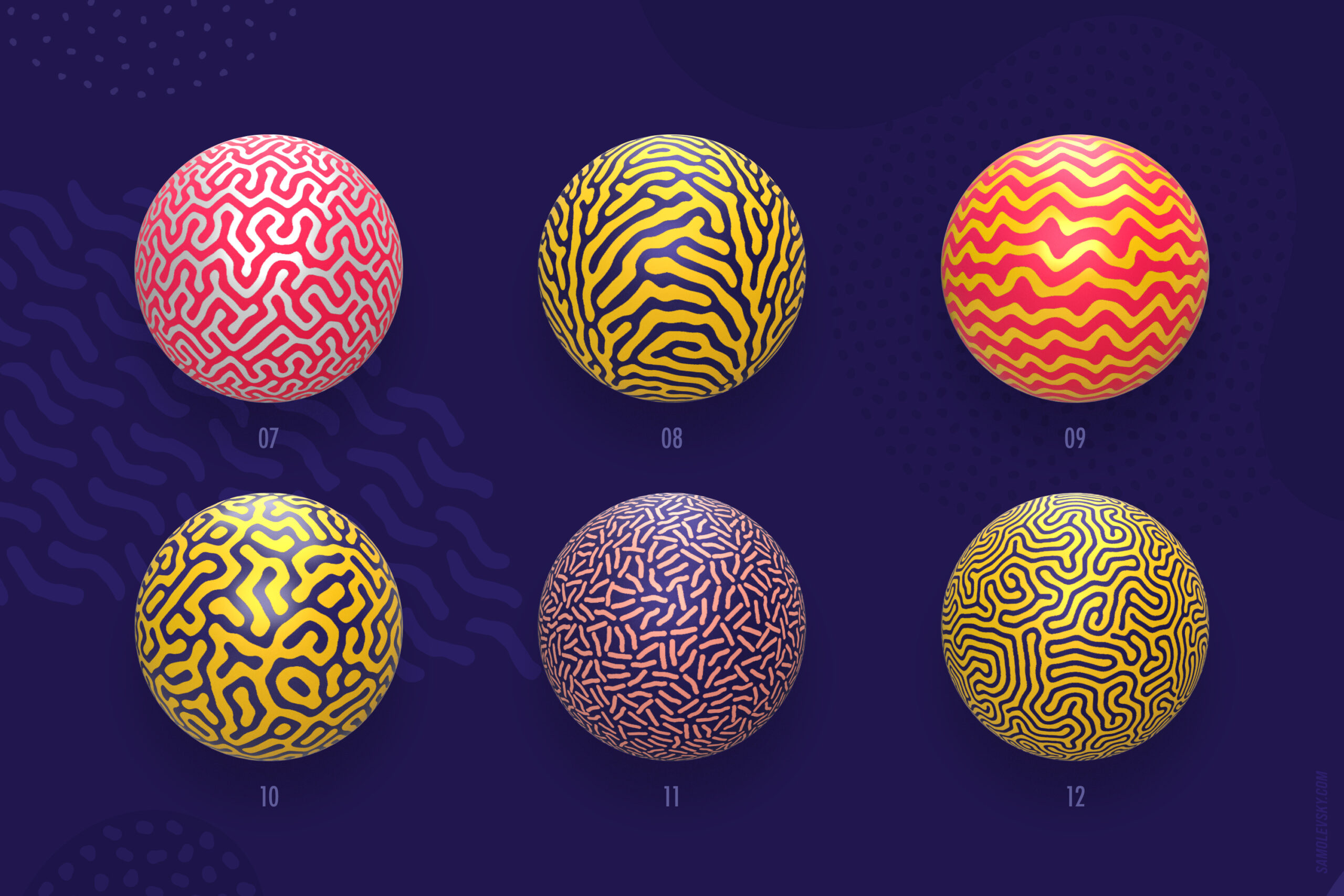


Then they cut out various free-flowing, organic shapes from each section, -1 large shape per section- cutting straight into their papers, without drawing first, just like Matisse did! Students first cut out each painted rectangle from their painted paper. Sometimes the colors of liquid watercolors can be hard to see, since they are so saturated and appear very similar to one another in color within the ice cube trays. Students tested colors out on a paper towel before applying paint to their paper.
Organic shapes plus#
With warm colors, I asked them to think about what the first 3 colors in the rainbow were, plus pink, and with cool colors I suggested think about the last 3 colors of the rainbow. I also said, “If you start with the first color in the rainbow, red- (that’s your 1st primary color) then skip the next color, then you’ve got what? (Yellow- that’s the 2nd primary color) then skip the next color to ? blue (that’s your 3rd primary color). For instance, for primary colors, I said – they consist of 3 colors, and when mixed they make the secondary colors. Some students were having a hard time recalling what those specific sets of colors were, so I gave them clues to jog their memory a little. I kept this up on the board for students as they painted (see pic below). The bottom row students could paint each section with any colors they wanted and could mix colors. In the top row, students could use those specific colors, painting any way they wanted –BUT– without mixing colors on their papers. Students were instructed to paint the top row with specific colors ( Left to Right) using only primary colors, using only secondary colors, using only warm colors, and using only cool colors. They began by folding a 12×18″ piece of paper 3 times, in order to create (8) rectangles, folding and pressing firmly each time to make sure they have visible creases to separate the 8 sections within their papers.Īfter unfolding the paper, students painted each rectangular section using liquid watercolors. DAY 1 – Creating the painted papersįor this Matisse inspired lesson, students created their own painted papers first, just like Matisse did! As opposed to geometric shapes (shapes that have straight lines and are usually symmetrical).
Organic shapes free#
We talked about how organic shapes have curving, free flowing lines and can be found in nature, like in clouds, puddles, leaves, and flowers. We also reviewed the word collage and students noticed how many of his cut paper shapes in his collages, resembled leaves and plant life, and learned how they were organic shapes. Painted papers with many different colors that were then used for his cut paper collages.Īlso learned how Matisse would cut right into the painted papers withoutĭrawing first, and called this technique “ painting “wild beast”) and how later in his career, he would paint his own personal One of a few painters in his day who started a new style of painting Talked about how Henri Matisse used a lot of bright, bold colors, simplified shapes, and was Showed them a Powerpoint slideshow of his artwork throughout the years, from Students in 3rd grade learned about the life and artwork of French artist Henri Matisse. geometric), COLOR (primary, secondary, warm and cool as well as color mixing), as well as a review on overlapping, abstract art and composition. I think this is a great end of the year art lesson because it only takes 3 classes (maybe even 2 if your art classes are longer than 40 minutes) and it’s fun! But more importantly, it’s a nice way to review and assess students understanding on the basic elements of art LINE (curving, wavy), SHAPE (organic vs. The “What Should I Draw?” Jar list of ideas!.


 0 kommentar(er)
0 kommentar(er)
